Hood without venting to ventilation: principle of operation, typical schemes and installation rules
The installation of the hood in the kitchen is determined by the norms for arranging ventilation in the living room. If it is not possible to connect the device to the common-house system, a hood is mounted without exhaust into the ventilation (other names are recirculation, coal).
We will talk about the features and principle of operation of the exhaust device without duct. In the article we presented, technical specifications are described in detail, its pros and cons are analyzed. For those who wish to independently install exhaust equipment, an installation guide is provided.
The content of the article:
Typical ventilation schemes in the kitchen
There are two main schemes for kitchen ventilation: natural and forced. In the first case, ventilation is carried out using holes in the walls and open air vents, on the one hand, and common house ventilation ducts on the other.
In the second case, the air is changed mechanically by installing volatile devices. The third, combined version was recognized as the most successful, in which a natural supply system was used at the same time, according to which air spontaneously enters the room, and forced exhaust through kitchen hoods.
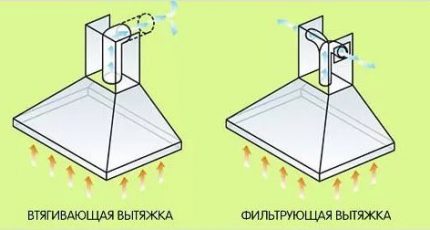
There is a third type - combined devices that are equipped with dual filters and an air duct can work both with a connection to the ventilation shaft and independently.
Natural ventilation has the only advantage: to ensure a comfortable microclimate in the kitchen (as in other rooms), additional material investments are not required.
But it has low efficiency.When the cooking process takes place on an electric or gas stove, heavy odors quickly spread due to slow air exchange.
Devices for providing forced ventilation are much more productive, however, equipment is necessary for the implementation of the mechanical scheme, depending on the supply of electricity.
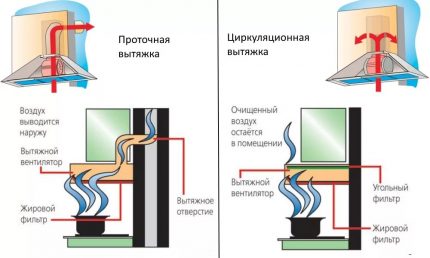
Taking into account these features, a combined scheme is used that combines the operation of exhaust devices and a natural ventilation system.
With typical schemes and options for ventilation in the kitchen will introduce the articlewhich we advise you to read.
Types of hoods without venting to ventilation
If we compare two types of hoods - with and without ventilation, then the first category has more advantages. The main advantage is higher productivity, due to which air exchange is much faster.
Sometimes a number of technical issues hinder installation exhaust duct with ventilation duct, and you have to buy a hood for the kitchen without exhaust and connection to the ventilation, that is, recirculation.
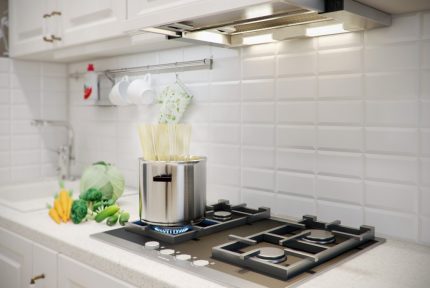
Modern devices for air purification are distinguished by the material of manufacture, design, and technical capabilities.
The cost of devices depends on the technical "filling", quality coal and fat filter elements, design and manufacturer level. But you should choose carefully: sometimes the models of promoted brands are no different from little-known manufacturers, but cost 2-3 times more.
The principle of operation of recirculation models
Unlike hoods with exhaust for ventilation, coal models do not “pump” air from the room into the ventilation duct, but circulate it with purification during filtration.
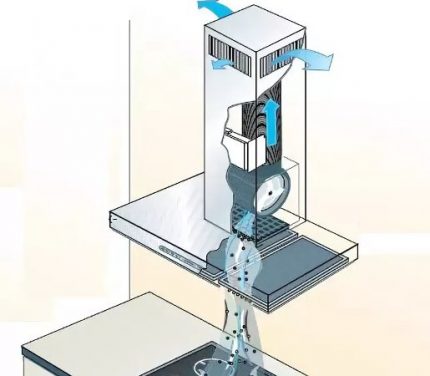
The main working elements of the exhaust system that provide recirculation are the engine and fan. There are options with 2 engines or with 1 engine, but 2 fans on the sides. They are located inside the housing, above the filters (for dome models) or between them (for built-in versions).
Performance depends on the power of the engine, which runs on a 220 volt network. This means that before installing the coal model, you must install a separate outlet for connection.Some people mistakenly think that in order to provide the necessary volume of fresh air, only exhaust hoods require fresh air ventilation.
Actually and recirculation models they need constant updating of the air flow, since air purification by filters does not make it fresher - it simply removes greasy fumes and tiny particles of dirt. Therefore, airing in the natural way also needs to be made daily.
Technical Overview
When buying a new hood or replacing an old one, you need to find out the features of specific models. Attention should be paid to both the design and the design, and most importantly, to the technical characteristics, on which the efficiency of the ventilation equipment depends.
Calculation of device performance
In order to correctly navigate with the choice of an effective device, you need to know the exact area of the room. Usually, both the productivity and the desired size of the kitchen are indicated in the technical passport of the product.
For example, Krona Camilla 600 has a capacity of 550 m³ / h (in the recirculation mode - 385 m³ / h), therefore it is recommended for room maintenance up to 11 m² (ceiling height 2.5-2.7 m).
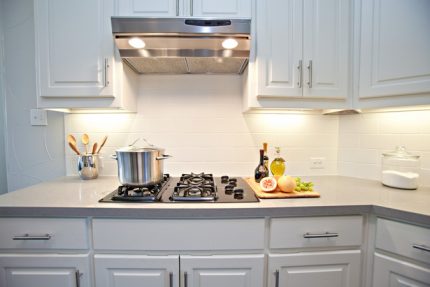
To calculate the performance yourself, it is necessary to multiply the volume of the room by the number of recirculation cycles and take into account the error coefficient. For the kitchen, the minimum number of recirculation cycles is 12, KP - 1.3. Therefore, to find out the necessary performance, we consider:
11 x 2.5 x 12 x 1.3 = 429 m³ / h
It can be concluded that when using the Crohn Camille 600 hood for sufficient air exchange on an area of 11 m², it is better to use the mode with a vent to the ventilation, and use recirculation only as an additional function.
An error coefficient of 1.3 is usually used in calculating the performance of exhaust hoods with a tap, for recirculation models it is slightly larger - 1.7.
Is the noise level important?
The second important parameter that you need to pay attention to is the noise level. If the owners of the apartment or house spend a lot of time in the kitchen, it is desirable that it be minimal. Also, this moment is relevant for those who live in studios where the living room is combined with the kitchen.
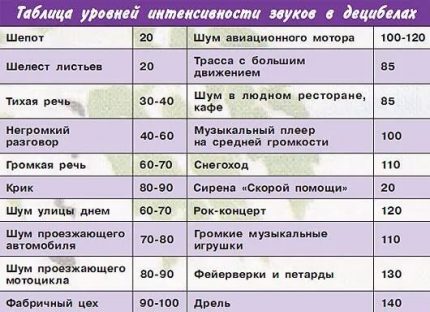
Modern devices work quite quietly, as they are equipped with special acoustic noise protection. In coal hoods, sounds can be made by a fan, motor, and air moving inside the structure.
At ventilated appliances Noise often appears due to improperly connected exhaust ducts.

The high cost of the model is not an indication that the hood will work quietly. On the contrary, expensive equipment is more productive than cheaper, so often it is devices with a high price tag that create a lot of background sounds - more than 60 dB. Suppose the Neff D55ML66N0 (36 thousand rubles) has a noise level of 72 dB, and the Elica Hidden HT (51.5 thousand rubles) has 62 dB.
Convenient operation and adjustment
You have to use the hood every day, so it is advisable to purchase a model with affordable, understandable and convenient control. All control options can be divided into two large categories: manual and remote.
Manual (or mechanical) has varieties:
- slider (less common);
- push-button (the most common form);
Expensive models are equipped with electronic control devices with touch contact panels for transmitting commands.
Models of the middle price segment are traditionally designed: on the front panel there are a number of buttons with which you can set the desired mode (bypass or recirculation), change the speed, and turn on the backlight.
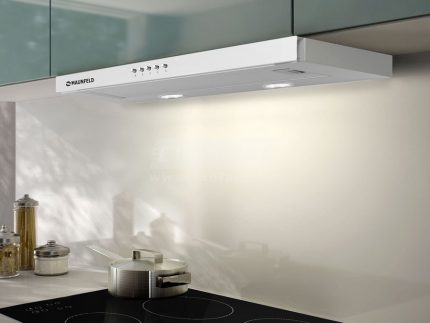
For models with D / C, almost all adjustments are made from the remote control, but the front panel also has buttons or a touch screen to select the operating mode. The more convenient the operation method, the more expensive the equipment.
Important functions and options
In addition to the main technical characteristics, there are a number of properties that can become very useful during operation. But if additional functions are not needed, you can save a lot on your purchase, since electronic filling, various modes, and programming increase the cost several times.
Exhaust device competition in the home appliance market is great, so manufacturers compete in inventing new features. For example, in some models it is possible to adjust not only the intensity of air intake, but also the degree of illumination of the space, as well as adjust the change of speeds in automatic mode.
Hood selection guidelines without communication with ventilation presented in the article, the contents of which we advise you to read.
Read more about exhaust filters
Devices that operate without exhaust into the ventilation shaft are called coal because of the presence of carbon filters, which purify the air from specific kitchen odors. Most often, these are plastic cassettes, which have a different shape and are filled with activated carbon.
Sometimes additional pieces of synthetic material are also used, also impregnated with activated carbon.
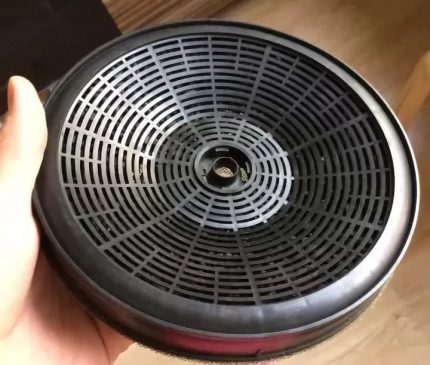
In addition to a charcoal filter, there is an anti-grease. For embedded models, it is located on the bottom panel and is a metal grill or mesh.
Of course, smells cannot be caught in the net, but he copes with the particles of dissolved fat that rise with the steam. In this regard, it is recommended to wash the anti-grease filter about once every 30-40 days with non-abrasive products.
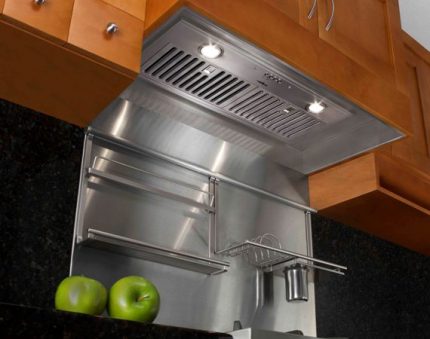
When buying replacement products, please note that there are original and non-original (universal) filters on sale. The second group is suitable for many models and at a cost lower than parts manufactured by the manufacturer.
Carbon filters, as a rule, last for 3-4 months of active use, but the exact data are indicated in the instructions.
Installation rules for the recirculation model
Before installing a hood in the kitchen it is necessary to take the dimensions, and for the built-in model, prepare a cabinet above the stove. If the equipment is mounted on a ceiling or wall, check the strength of the base.
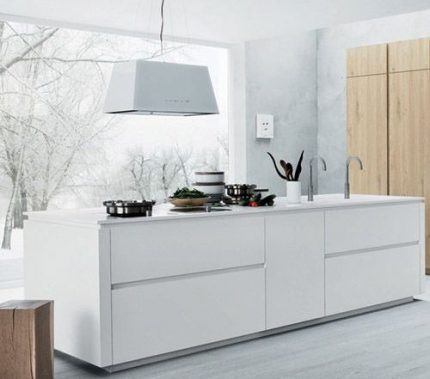
The hood is installed strictly according to the instructions, since the functionality largely depends on the quality and installation conditions.
In order not to encounter problems associated with improper installation in the future, you must follow the rules:
- Maintain the distance between the bottom of the hood and the stove. There are clearly defined norms: to a gas stove - 0.75 m, to an electric - 0.65 m. But in the instructions you can come across other figures - 0.6 m and 0.5 m, respectively.
- Prepare a place in advance of the required size. The standard dimensions of built-in appliances are 50 and 60 cm (similar to a stove), but you can find fireplace and island modifications of 80 cm, 90 cm or more.
- Provide (if necessary) free space at the outlet of purified air.
- Install a separate power point with ground. Check that the voltage and mains voltage are the same.
The nuances of installation depend entirely on the type of model. For example, consider the installation procedure of the built-in recirculation hood.
Lastly, insert metal filters. We check the operability of the device by connecting it to the power supply.Details the installation process of a built-in type of hood reviewed here. The useful information presented in the article deserves close attention.
To enable the simplest slider model, you just need to manually slide the filter panel onto yourself. If necessary, we connect an air duct to transport contaminated air to the ventilation duct.
Conclusions and useful video on the topic
Often, manufacturers and companies that sell goods post reviews and installation instructions on the network so that fewer questions arise, and it is more convenient for users to operate purchased equipment.
Video # 1. Installation instructions for recirculation Siemens models:
Video # 2. General information on hoods:
Video # 3. Comparative review of embedded models and "peaks":
Video # 4. What to look for when choosing:
Household hoods without a duct are an excellent option for providing ventilation in the kitchen if the ventilation duct is not functioning properly or there is simply no way to connect to it.
When choosing equipment, be sure to study the technical specifications, and during the installation process, follow the manufacturer's recommendations. A hood installed in accordance with all the rules will provide a pleasant and comfortable atmosphere in the apartment.
Would you like to share useful information about installing and using a hood without an air vent? Have you ever mounted the device yourself? Please write comments in the block below, share useful information and photos on the topic of the article, ask questions.

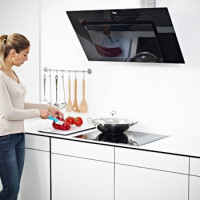 Air vents for a kitchen with a vent in the ventilation: working principle, diagrams and installation rules
Air vents for a kitchen with a vent in the ventilation: working principle, diagrams and installation rules 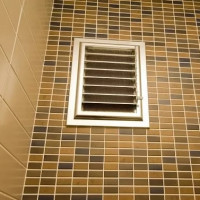 Ventilation in the bathroom and toilet: principle of operation, typical schemes and installation features
Ventilation in the bathroom and toilet: principle of operation, typical schemes and installation features 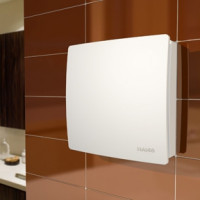 Hood to the bathroom: selection rules and installation features
Hood to the bathroom: selection rules and installation features  How to make ventilation in the country: subtleties and rules for installing ventilation of a country house
How to make ventilation in the country: subtleties and rules for installing ventilation of a country house 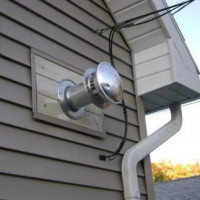 How the hood in the garage is arranged: popular schemes and technology for proper arrangement
How the hood in the garage is arranged: popular schemes and technology for proper arrangement 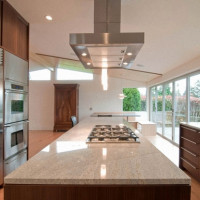 How ventilation is built in the kitchen: rules and diagrams of the hood
How ventilation is built in the kitchen: rules and diagrams of the hood  How much does it cost to connect gas to a private house: the price of organizing gas supply
How much does it cost to connect gas to a private house: the price of organizing gas supply  The best washing machines with dryer: model rating and customer tips
The best washing machines with dryer: model rating and customer tips  What is the color temperature of light and the nuances of choosing the temperature of the lamps to suit your needs
What is the color temperature of light and the nuances of choosing the temperature of the lamps to suit your needs  Replacement of a geyser in an apartment: replacement paperwork + basic norms and requirements
Replacement of a geyser in an apartment: replacement paperwork + basic norms and requirements
We have an old apartment building, there is no access to the ventilation shaft from the kitchen, there is no way to put a hood with a tap into the ventilation. For a long time, only airing was used in the kitchen. Recently we have found a way out of the situation: we have acquired a recirculating carbon hood. Maybe she doesn’t do so well with air purification as traditional, but we are quite happy. The air has become much cleaner and the aromas from the kitchen are less intense.
Yes, she copes well, you don’t have a kitchen in the catering, you don’t cook at home so often. For an apartment, a recirculating coal hood is enough.
I have long dreamed of making repairs in the kitchen, using the maximum possibilities of a small space of my seven square meters. When choosing furniture, I really liked the model of the kitchen: with compact dimensions, it has excellent capacity. But there is no way to install an exhaust hood with this furniture, since it did not work to bring the pipe into the ventilation hole. We decided to install a recirculation hood. It works well, and it fits quietly under a cabinet. The precious place is not lost.
Hello, To write an article, you must be competent in this matter. And then the area of the room? EXHAUST WORKS LOCALLY, ONLY FOR INTAKE OF AIR FROM THE PLATE, BUT NOT AS NOT FOR THE WHOLE ROOM! And in this case, your calculations with 12 cycles and coefficients of 1.3 are absolutely not justified. Confuse people.
When installing the hood in the cabinet without venting into the ventilation, will the hood work only in recirculation mode? Do I need to make a hole in the cabinet for air to escape?